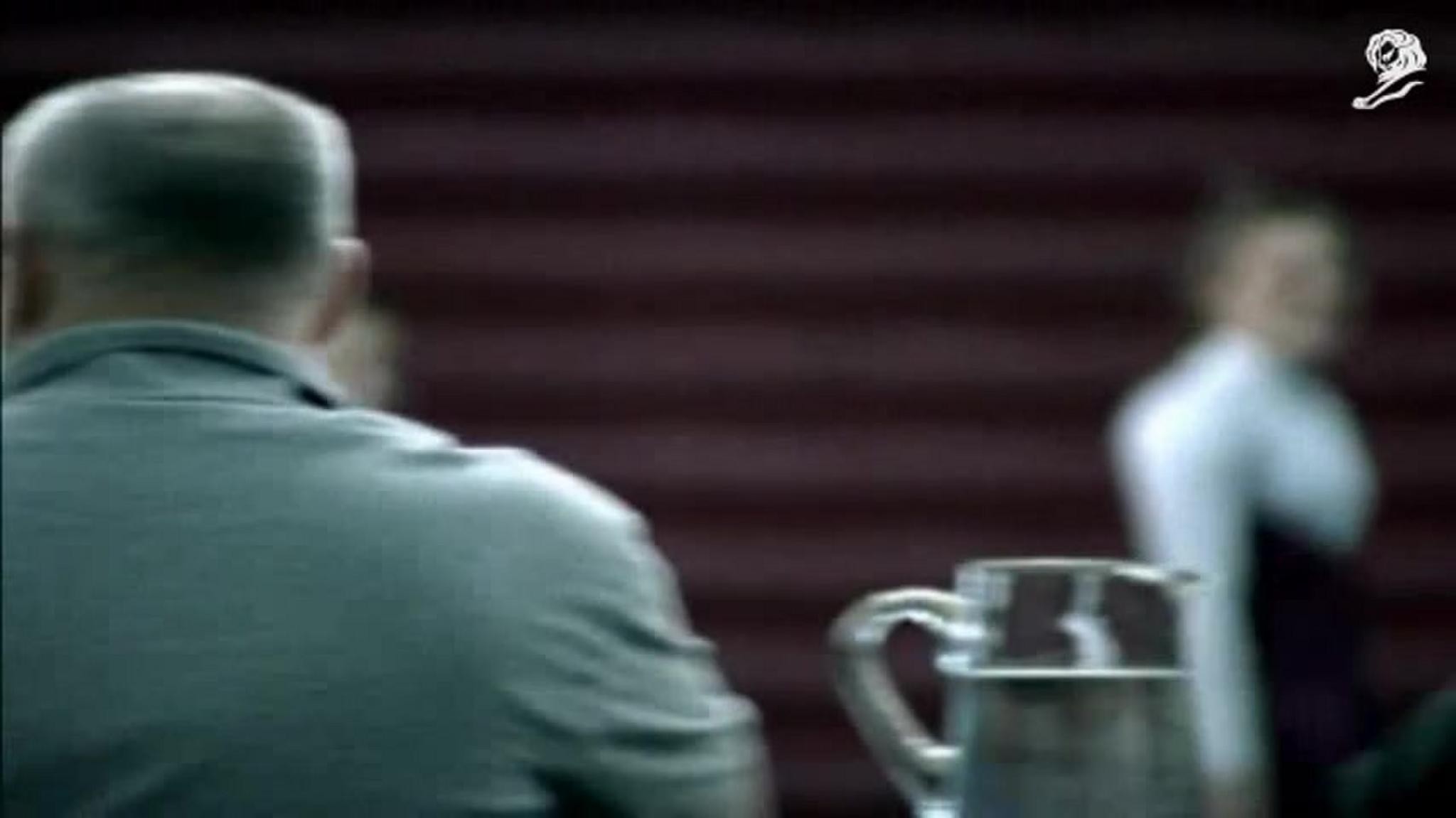Cannes Lions
Missed.Strokes
DIGITAS, Chicago / AMERICAN HEART ASSOCIATION / 2020

Overview
Entries
Credits
OVERVIEW
Background
Stroke is the third leading cause of death in the US. 140,000 Americans die each year, and hospitalizations of younger people (<40 years) have increased 40% over the past decade. When someone is having a stroke – especially for first time – it’s hard to recognize the symptoms and therefore seek the medical assistance needed in a timely manner. So, this campaign aimed to reach people in a unique way on social media during National Stroke Awareness month to educate them on how to detect a stroke and spread the word.
Idea
We miss keystrokes on Twitter all the time; they’re called accidental hyperlinks. For this campaign, we leveraged missed strokes on Twitter to raise awareness about the more serious kind of missed strokes that’s impacting millions, redirecting hyperlinks that once led to nowhere to a microsite we designed to educate about the signs and symptoms of a stroke. This never-been-done-before, data-grounded idea used a behavioral insight around how people tweet to craft and elicit unique, unexpected (and free) engagements in an unanticipated place and way.
Strategy
This campaign and execution were based on the behavioral insight that, because of Twitter platform functionality, missed keystrokes in tweets become accidental hyperlinks.
Twitter’s role as a social platform primarily focuses on engagement with audiences by inserting campaigns into timely, relevant conversations. Knowing May is National Stroke Awareness Month, we hacked and utilized Twitter to capitalize on this relevant moment and provide engaging, unusual, unique content to users through the use of the accidental hyperlink to achieve our goal of missed stroke awareness.
Execution
A scrubbing of Twitter’s API provided us with the most common mistaken URL destinations due to these ‘missed strokes’ when tweeting. We purchased these domains and redirected them to an educational microsite dedicated to the signs and symptoms of strokes. When someone missed a stroke on Twitter, they’d be quickly directed and soon surprised to quickly learn of more serious ‘missed strokes’ in everyday life. We caught them off guard, just like a stroke might.
The American Heart Association also pushed out the message of this small but mighty social stunt via their Twitter feeds and their key influencers, many of whom have personal connections to the devastating effects of strokes.
Outcome
To attack this important issue, we built a relationship with the most credible partner in this space from scratch. Then, with zero paid media dollars, we hacked Twitter in a never-been-done-before execution that merged creativity, social strategy, and tech during the relevant moment of National Stroke Awareness Month.
As a result, this awareness-driving and educational activity achieved:
• a reach of over 3 million people,
• nearly 4,000 people ended up visiting the microsite, and
• the average dwell time was over 2 minutes….
….more than enough time to a) better understand the severity of the stroke problem in society, and b) quickly learn how to detect and respond in those critical early stages of a stroke. All of this new awareness and public education was achieved with NO PAID MEDIA and a simple microsite that COST UNDER $1000 to build.
Similar Campaigns
12 items


